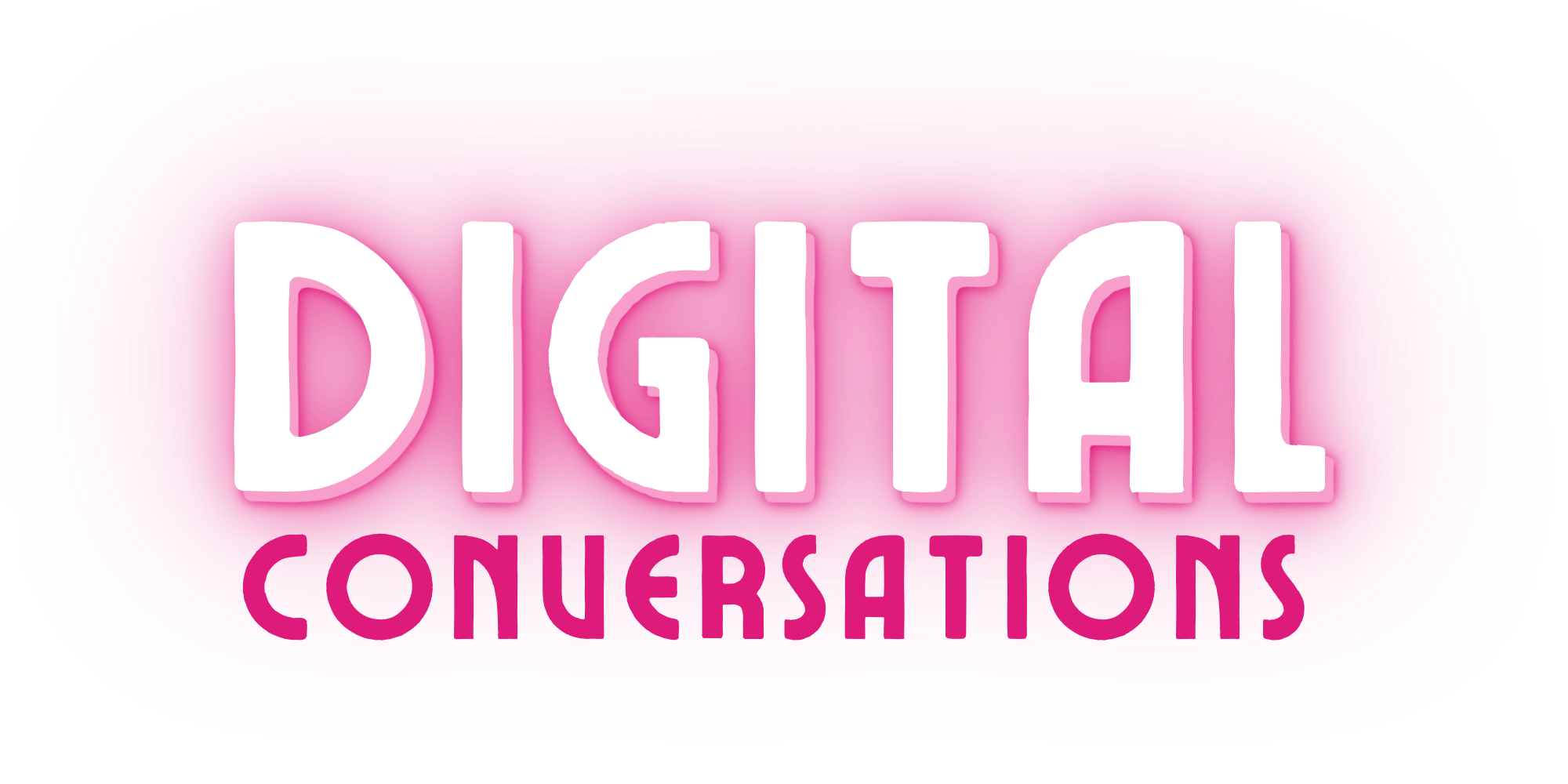Can you guess what I am referring to when I talk about the red dot in marketing?
To some it will be obvious… others maybe not as much but you all know what it is as you see it constantly.
So, what is the red dot that we need less of?
The dreaded red notification dot that appears constantly on our phone apps and causes distraction, anxiety, and worst of all, that dopamine hit.
Much has been written about the dopamine hit in relation to social media in particular. It is that chemical release our body gives us that keeps us addicted to certain things.
And one of those addictions is now, for many, social media.
We’ve been trained, just like Pavlov’s dogs to respond to the red dot.
You know the feeling… You are sitting at your desk working, or on the lounge binging Netflix or out to lunch with friends and the red dot suddenly appears. You think to yourself, someone needs me or wants my help, they love what I have shared, want to connect with me, and have something to say that I need to hear.
It teases you, taunts you, daring you to click on it, because what would happen if we didn’t do that right now?
After all, the world won’t end if we don’t click on it. It won’t impact our lives in any real way. The red dot is not going to put masses of money into our bank account.
Whether you follow a notification or not, your train of thought will inevitably be interrupted by your noticing, processing, and determining whether or not to respond to the notification. Recent estimates find that while each task switch might waste only 1/10th of a second, it can add up to a 40% productivity loss if you do lots of switching in a day.
But what it does do, is cause a distraction to what we are currently focused on. From a productivity perspective, it will waste seconds, then minutes as you stop what you are doing, read the notifications then try to get refocused on the work you were doing.
Researchers from the University College London found that humans are hard-wired to follow the path of least resistance and that our brains trick us into believing that the low-hanging fruit is the ripest.
That little red dot can be the cause of many lost hours over a month. Time you can spend on a passion project, or just being with your family.
Tech companies, especially the likes of Facebook, Instagram, and TikTok, are essentially leveraging our psychological vulnerabilities to keep us coming back for more. Our internal trigger (our need for social connection) or an external trigger (a notification) starts the addictive cycle. We respond to the trigger by taking an action (open Facebook) and enjoying a variable and dopaminergic reward (“Oh look, I’ve got seven notifications!”), and so we further invest in the platform (post a comment). The cycle goes on and on.
This is why Google’s former design ethicist and founder of the Centre for Human Technology, Tristan Harris, has equated carrying a smartphone to walking around with a slot machine in our pockets. We can’t resist but take a spin every few minutes (just think about how often you pick up your phone).
Task switching is exhausting because it uses up oxygenated glucose in the brain, depleting the same energy reserves that are needed to focus on completing a task. All of this weakens the link between hours worked and value created, our motivation subsequently suffers, and we become more anxious as our workload piles up — and more exhausted come day’s end.
If you’d rather not reach for that bag of lollies at 9 p.m., not having any lollies in your house goes a long way to achieving the desired outcome. If you want to not be a slave to notification you can be intentional about the way you design your environment. Here are some starter tips from a recent Harvard Business Review article:
- Disable all notifications on both your desktop and smartphone
- Turn off your phone or set it to Airplane mode for set periods of time.
- Use the Freedom app to block non-mission critical applications (such as social media) for set periods of the day.
- Use Google Chrome’s “compose email” plugin to see only the compose window when writing an email, which allows you to circumvent the temptations waiting in your inbox.
- Set windows of time to check and batch-respond to email.
- Use a Pomodoro timer to separate time for important work from the path-of-least-resistance work.
- Use the Digital Wellbeing app (Android) or Apple’s Screen Time to track your screen time and scare yourself into submission (“I spent how many hours on Twitter yesterday?!”). Rescue Time will do the same thing for your desktop usage patterns.
That red dot doesn’t have to sap your ability to get into the flow, to do your best work, and to leave the office feeling truly accomplished. You have the power right in your hands to make the change needed and to kill the red dot forever.





